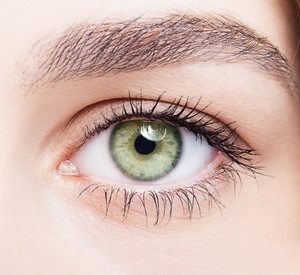Enucleation And Evisceration - Part 2
During the day of surgery, general anesthesia or local anesthesia accompanied with sedation is given. An implant of the size of a marble is fixed inside the eye. When enucleation is done, six extraocular eye muscles are sewn with the implant. In the case of evisceration, the muscles are connected to the sclera and there is no need for a surgery.
A conformer, which is a temporary plastic prosthetic, is placed over the implant and it aids in healing. This is placed between the eyelids and orbital implant and sometimes the eyelids are stitched to hold the conformer firm. Large pressure bandage is applied over the eyes to prevent bleeding and protect the wound. This also reduces swelling, inflammation, bruising and soreness.
After the surgery is complete, do not try to ride yourself to home as it can be dangerous after receiving anesthesia. Take a cab to your home and if possible come with an adult to take you home. Pain medications such as antibiotics and steroids are given after surgery. One must not go for swimming and do other physical activities for a month. Weight lifting is also not advisable.
Do not try to remove the bandage covering the eyes, as it can be itchy sometimes. Remove it when the surgeon says to do so. Do attend the follow up eye examination after the surgery which is usually scheduled after a week. When the eye is healed completely, prosthetic is fitted. The prosthetic must be maintained cleanly. The ocularist also cleans it and polishes it when you visit him.



 Jul 16th 2020
Jul 16th 2020